The Unlikely Origins of Rob Machado’s Shaping Career
How a stolen board and a wildcard snub may have sparked a revolution in alternative surfboard design.
In partnership with Firewire.
A defining member of the Momentum Generation, Rob Machado’s allure at the height of his powers was second only to Kelly Slater’s.
The Australian-born goofyfoot was never the archetypal “twelve-to-the-beach” ASP World Tour journeyman. Taking a similar approach to waves whether competing or freesurfing, Rob’s natural style and finesse were enhanced by a rare brand of power surfing, all the more striking given his lithe frame.
Perhaps the greatest moment in Machado lore was his casual high-five to Kelly’s outstretched palm from the channel during a 1995 Pipe Masters semifinal against his good friend and former bandmate. The intentions behind their hands touching seem to grow more mysterious and controversial each time the subject is brought up.
During an interview for a future episode of How Surfers Get Paid, we couldn’t help but add a little fuel to the fire.
“Everyone thinks it was a terrible decision that I high-fived Kelly,” Rob responded. “I actually love the stories [around it]. Shaun Tomson even said it cost me a world title. You’re all tripping! That heat was already Kelly’s — it happened later in the heat.”
Rob remembers that wave clearly. “Kelly had priority. On the first wave, he got really barreled, did a roundhouse, and kicked out. I stood up on the next wave, and I was mesmerized. I was like, ‘Life’s good, I can’t complain!’ Still, when I watch the footage, I think I could have been deeper.”
That infamous Pipe wave would go on to shape the following decades of Rob’s career. “It changed me, and it changed the surfing population’s perception of me versus Kelly. He was almost seen in a negative way in that situation. Everyone thinks he tricked me.”
That year, Rob finished second overall — his career-best ranking. “When you lose a world title race in a situation like that… I really didn’t feel any remorse. I wasn’t too bummed out about it,” he said.
But despite his laid-back demeanor, Rob still won 12 WCT events and was a vocal proponent of making style an integral part of the judging criteria. Make no mistake — the man had some dog in him.

In 2001, Rob left the tour after being denied an injury wildcard for the following season.
“We’ve got airplanes flying into buildings, Gotcha goes bankrupt, I break my hand, miss events, finish dead last, and get voted off tour.”
The ASP meeting where surfers could appeal for a seasonal injury wildcard coincided with the birth of Rob’s daughter. Unable to attend, he wrote a letter detailing his case, which was read aloud to a room full of his peers — who ultimately voted him off the tour.
“This was the year Kelly decided to come back on tour. So there were two wildcard spots. Kelly got one. So now there’s only one injury wildcard left. I don’t know who all the people were, but there were at least five or six guys. Shane Dorian ended up getting it.”
Rob found himself holding a newborn, sponsorless, and sidelined from the tour that had defined his career up until that moment.
“After the meeting, I was just cruising around on the North Shore, and nobody would look me in the eye. I got this weird vibe. I was so shattered.”
What followed was time off to nurture a potential freesurfing career — and to ride anything but the 17” wide, high-performance, high-effort surfboards that he had been lugging around contest sites.
Back in his childhood home of Cardiff-by-the-Sea, Rob revisited his “archive,” which dates back to his first custom board — a Greg Sauritch thruster adorned with a hand-drawn mouse logo by Peter St. Pierre. “The Mouse” was young Rob’s nickname at a time when he was still oblivious to what made a surfboard exceptional. Curiously, the logo and model name predated a trend that would take over two decades to become the norm.
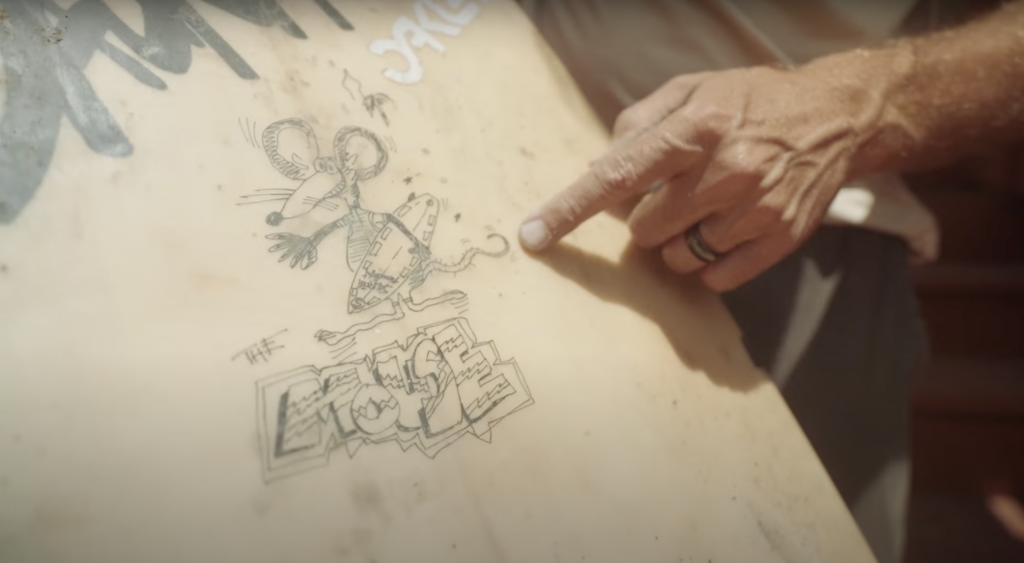
Sauritch was shaping out of a backyard shack at the Machados’ — built by Rob’s dad. Keeping a shaper in captivity was an enterprising way to access custom surfboards, and Rob’s first foray into board design was tinkering with fin size.
While staying at Kelly’s place in Florida for a contest, Rob had a chance encounter with one of Kelly’s boards — a moment that introduced him to a whole new set of sensations on fiberglass. Doing what any good guest with mild kleptomania would, he stuffed the 5’10” x 17 ⅝” x 2 ¼” into his board bag and brought it back west.
The minor misdemeanor — and love affair with the stolen goods — led him to contact Al Merrick for a custom. The rest is part of the Carpinteria brand’s history. Al’s individualized approach to shaping surfboards, tailored to the unique physical and performative characteristics of their pilots, was integral to the Momentum Generation’s collective success and the design milestones achieved during that period of experimentation.
Rob still offers a public apology for his partial role in the late 1990s’ proliferation of nearly impossible-to-ride shapes: thinner boards, pulled-down rails, and exaggerated rockers.
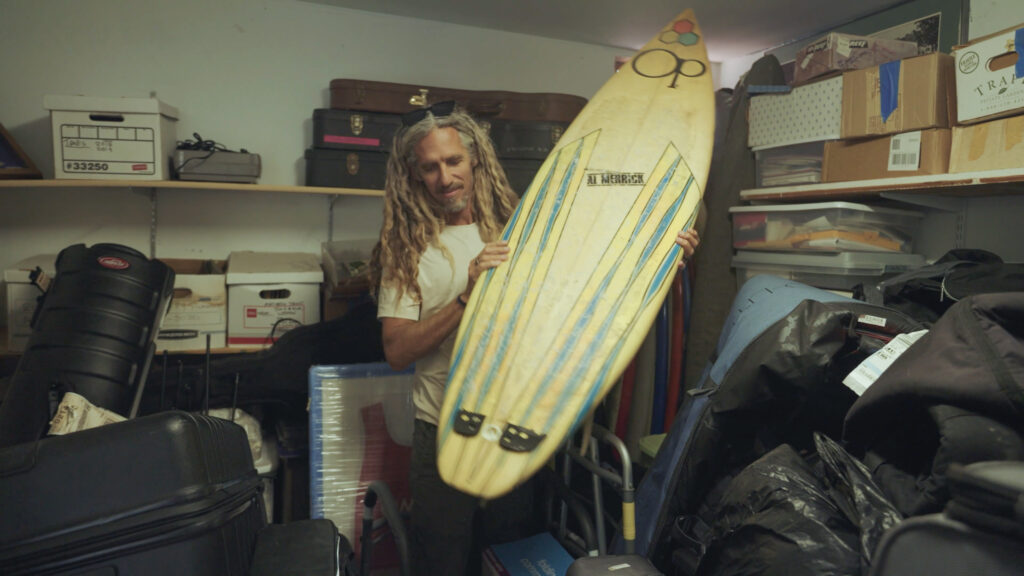
In the last decade, wide points have expanded faster than a middle-aged surfer’s waistline (not Rob’s), and “The Biscuit” is partly to blame. A catalyst for the “foam is your friend” movement, the board was also much shorter (5’2”) than the standard HPs in Rob’s quiver at the time, unlocking an interest in shapes that were anything but WSL-sanctioned vehicles.
Since then, Rob hasn’t stopped trying to figure out how to make those boards work, and what makes them work. Riding them became a gateway drug, eventually leaving him hooked on coming up with his own designs, long mane covered in freshly mowed white powder.
And that’s how Robert Edward Machado found his way into shaping alternative surfboards. Oddly, he faced some backlash from underground shapers — many of whom believed it shouldn’t be possible for someone to be really good at surfing, take up shaping later in life, and be really good at that too.
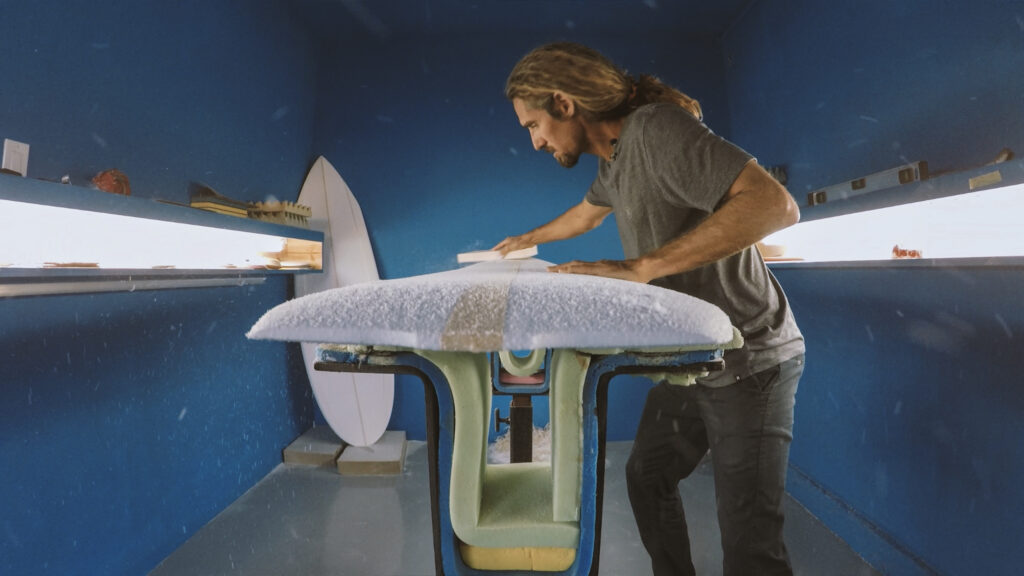
“I just do my thing and don’t pay much attention to it,” he says. “You guys have these comment boards that I hear about, where you can get shredded apart,” he adds. “But I don’t engage in that world — it’s so not me.”
Without any desire to fit his customers with glass slippers or cumbersome, soggy boots, Rob instead focuses on picking up functional traits of older surfboards to combine them with contemporary, high-performance characteristics.
“I’m just trying to make surfboards that make people happy. And if people are going out and riding waves and coming home with a smile on their face, their wives should thank me.”
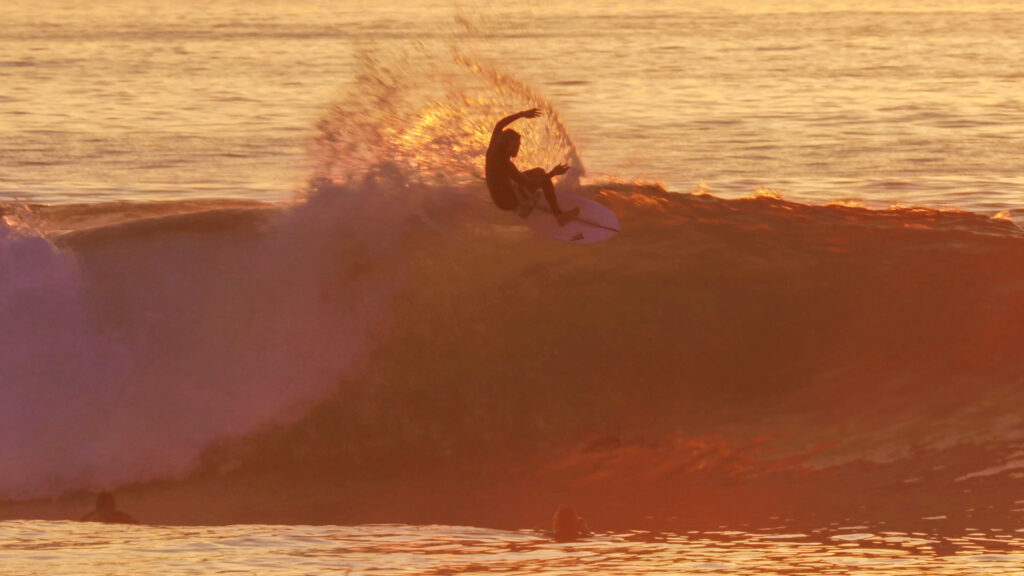
In short, boards that generate speed with minimal effort and turn on a dime — fast, loose, fun, and free. Just as Rasta claimed to prefer after tri-ing too hard on a flax-wrapped DHD in the final installment of his Electric Acid Surfboard Test.
With surfboards like Firewire’s Go Fish and Seaside — his take on the one-board quiver — becoming bestsellers and crowd favorites, Rob’s shaping philosophy is defined by keeping an eye on the past while maintaining a future-leaning stance.
Evolution isn’t a straight line — it allows for detours, and even occasional regression.


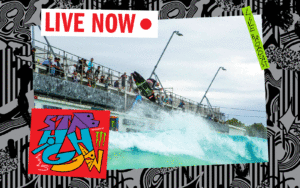
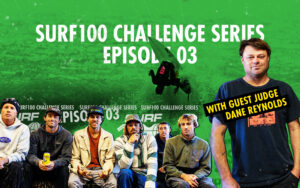










Comments
Comments are a Stab Premium feature. Gotta join to talk shop.
Already a member? Sign In
Want to join? Sign Up